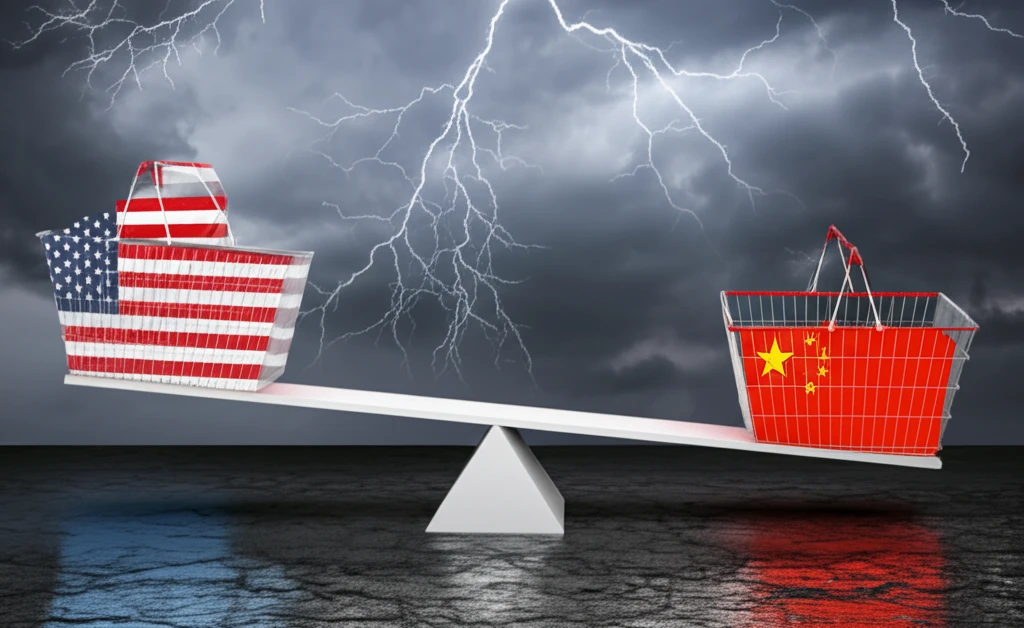
Is Your Grocery Basket at Risk? Uncover the Hidden Connections in Global Food Prices
"A new study reveals how shocks in US and Chinese agricultural futures markets can ripple through your local supermarket."
In an increasingly interconnected world, the prices of agricultural products are no longer isolated events. What happens in the vast futures markets of the United States and China can have a surprisingly direct impact on the food you buy at your local grocery store. A recent study sheds light on these intricate relationships, revealing how economic uncertainties and market shocks can ripple through the global agricultural system.
The research delves into the dynamic risk spillovers between eleven key agricultural futures traded on US and Chinese exchanges, analyzing data from July 2014 to December 2022. By understanding these complex interactions, consumers and investors alike can better prepare for potential price fluctuations and make informed decisions.
This article breaks down the key findings of the study, explaining how events like economic instability, pandemics, and geopolitical conflicts influence the prices of essential food items. We'll explore which agricultural products act as major risk transmitters, which are more vulnerable to price shocks, and what strategies you can use to mitigate the impact on your wallet.
Understanding the Domino Effect: How US and Chinese Markets Impact Global Food Prices

The study pinpoints specific agricultural products that act as primary risk transmitters, meaning they have the greatest influence on price fluctuations in other markets. CBOT (Chicago Board of Trade) corn, soybean, and wheat emerged as the dominant players, with DCE (Dalian Commodity Exchange) corn and soybean primarily on the receiving end of these price shocks.
- CBOT Corn, Soybean, and Wheat: Major risk transmitters, influencing price fluctuations across markets.
- DCE Corn and Soybean: Primarily risk receivers, more vulnerable to price shocks originating elsewhere.
Protecting Your Plate: Strategies for Navigating Food Price Volatility
While the complexities of agricultural futures markets may seem far removed from your daily life, understanding these dynamics can empower you to make informed choices and protect your budget. By recognizing the interconnectedness of global food prices and the factors that contribute to volatility, you can anticipate potential price increases and adjust your spending habits accordingly.
